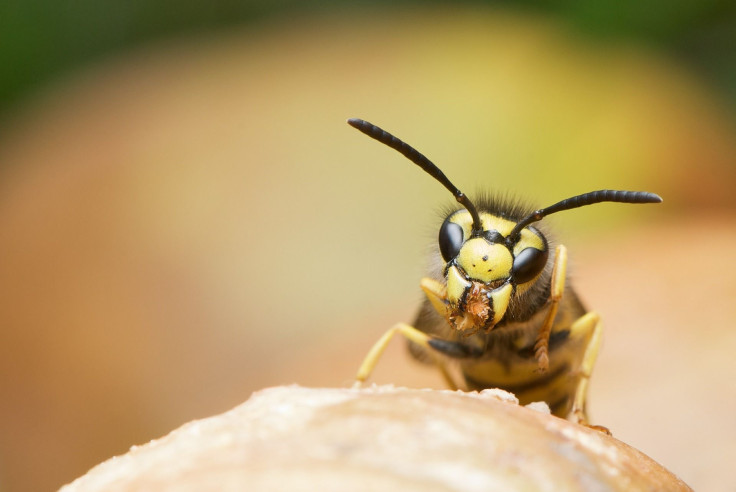Is Personality Genetic? Wasp Queen Passes Behavior Traits To Workers

Are you a queen bee? You may have inherited those traits. Looking at how a queen wasp’s behavior influences her offspring could tell us more about the link between genetics and personality. Wasp queens have a legion of loyal followers in the hive who act just like them.
Scientists observing a queen and her offspring say the young were taking pages from their wasp leader’s playbook, copying her behavior in situations where the insects were threatened. A study in Animal Behaviour suggested the general wasp population behaves boldly when their boss does, and was more passive when their queen was too — as measured by how many of those worker wasps attacked what they believed was a predator.
Read: How Do Animals Know When It’s Time to Make Babies?
“Prior research has shown that even insects have some degree of uniqueness of personality,” including stubbornness or aggressiveness, according to a report on Phys.org. But in the case of these wasps, the queen’s personality might influence behaviors of her offspring in a survival situation.
The researchers tested the behavior of the queen by jabbing at her with a paintbrush, to see whether she would put up with the attacks, fly away, or sting at the paintbrush. To test her underlings, the scientists shook the nest.
“Wasps responded in ways that were reminiscent of their queen—those born to a stubborn queen were less likely to leave the nest when it was ‘under attack’ for example, while those born to an aggressive queen were quite willing to attack,” the report said.
Heavy is the head that wears the crown.
The next step for the researchers, who are from the University of California and the University of Michigan, is to see if there is a genetic link to their personality.
While these creatures are often confused, wasps are different from bees. There are thousands of types of wasps, but Encyclopaedia Britannica describes them as having “a slender, smooth body and legs with relatively few hairs. Wasps also generally are predatory or parasitic and have stingers with few barbs that can be removed easily from their victims.”
They are most closely associated with yellow and black coloring, but National Geographic says they can be any color, from blue to red to brown. “Generally, the brighter-colored species are in the Vespidae, or stinging wasp, family,” the publication says. And one main way they differ from bees is in how they build their nests: “Whereas bees secrete a waxy substance to construct their nests, wasps create their familiar papery abodes from wood fibers scraped with their hard mandibles and chewed into a pulp.”
See also:
© Copyright IBTimes 2024. All rights reserved.




















